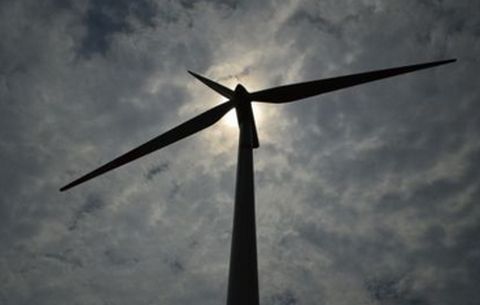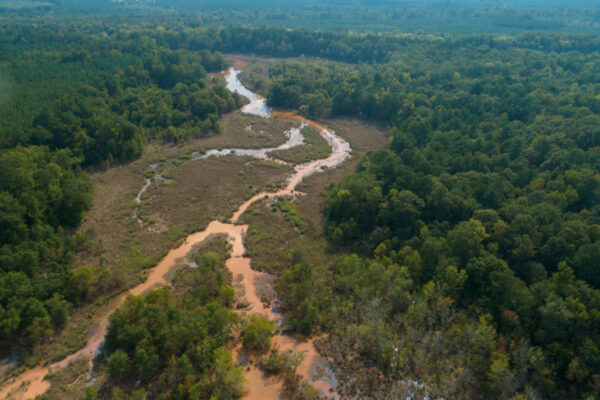By: Lisa Sorg
November 14, 2022
Under a special state fund 658 drinking water wells were sampled for contamination, many of them in Wake County
Since 2007 state regulators have sampled more than 5,500 private wells for potential contamination under the Bernard Allen Memorial Emergency Drinking Water Fund, according to an annual report filed by the Department of Environmental Quality.
The state legislature created the fund — named after a former Wake County state legislator — in 2006. The money can be used to pay to notify persons whose wells are at risk of contamination, to pay for the cost of testing, and to provide alternate drinking water supplies to affected residents. There is an income limit: Households must earn no more than 300% of the current federal poverty level. In 2022, that’s equivalent to an annual income of $83,000 for a family of four.
In 2021, the General Assembly passed a law that eliminated the income requirements for residents with wells contaminated by PFAS. The Department of Environmental Quality (DEQ) is working on guidelines related to this expansion of program eligibility, according to the annual report.
The fund does have shortcomings. It does not cover naturally occurring contamination. For example, many drinking water wells in the North Carolina “slate belt” are contaminated with arsenic from the underlying rock. Those well owners have to find other funding, including out-of-pocket expenses, to treat their water. If they are connected to a public water supply, they could be required to pay a tie-in fee, which can run in the tens of thousands of dollars.
Here’s a closer look at where the state has sampled and provided alternate water supplies. Figures are for July 1, 2021, to June 30, 2022, unless otherwise noted. You can see county-by-county totals here.
345 – Total number of groundwater contamination sites where no responsible party can be identified and that have private drinking water wells nearby
205 – Number of those same sites with nearby contaminated drinking water wells
1,611 – Number of letters DEQ sent to property owners asking for permission to sample drinking water wells, fiscal year 2021-22*
658 – Of those, the number of drinking water wells that DEQ received permission to sample
152 – Number of sampled wells in Wake County, the most of any county
89 – Number sampled in Guilford County, which ranked second
37 – Number of counties in which wells were sampled
49 – Number of homes that received alternate water supplies from DEQ
12 – Number of homes that received bottled water as a temporary supply (including homes in Buncombe, Gaston, Guilford, Henderson, Mecklenburg, Orange and Wake counties)
4 – Number of homes where treatment systems were installed (Buncombe, Guilford, Wake)
1 – Number of homes connected to a public water service (Mecklenburg)
$700,000 – State appropriations the fund received
$300,000 – Amount that is dedicated to work associated with PFAS, or perfluorinated compounds
*Fiscal year is July 1, 2021, through June 30, 2022. Source: DEQ annual report to state legislature, dated Oct. 1, 2022.
And for more information, read our report, “Advancing Well User Protections Through Policy,” released on World Water Day this year highlighting the need to:
1. Increase Funding, Scope & Accessibility of the Bernard Allen Fund, and
2. Require Well Testing Prior to Real Estate Transactions





